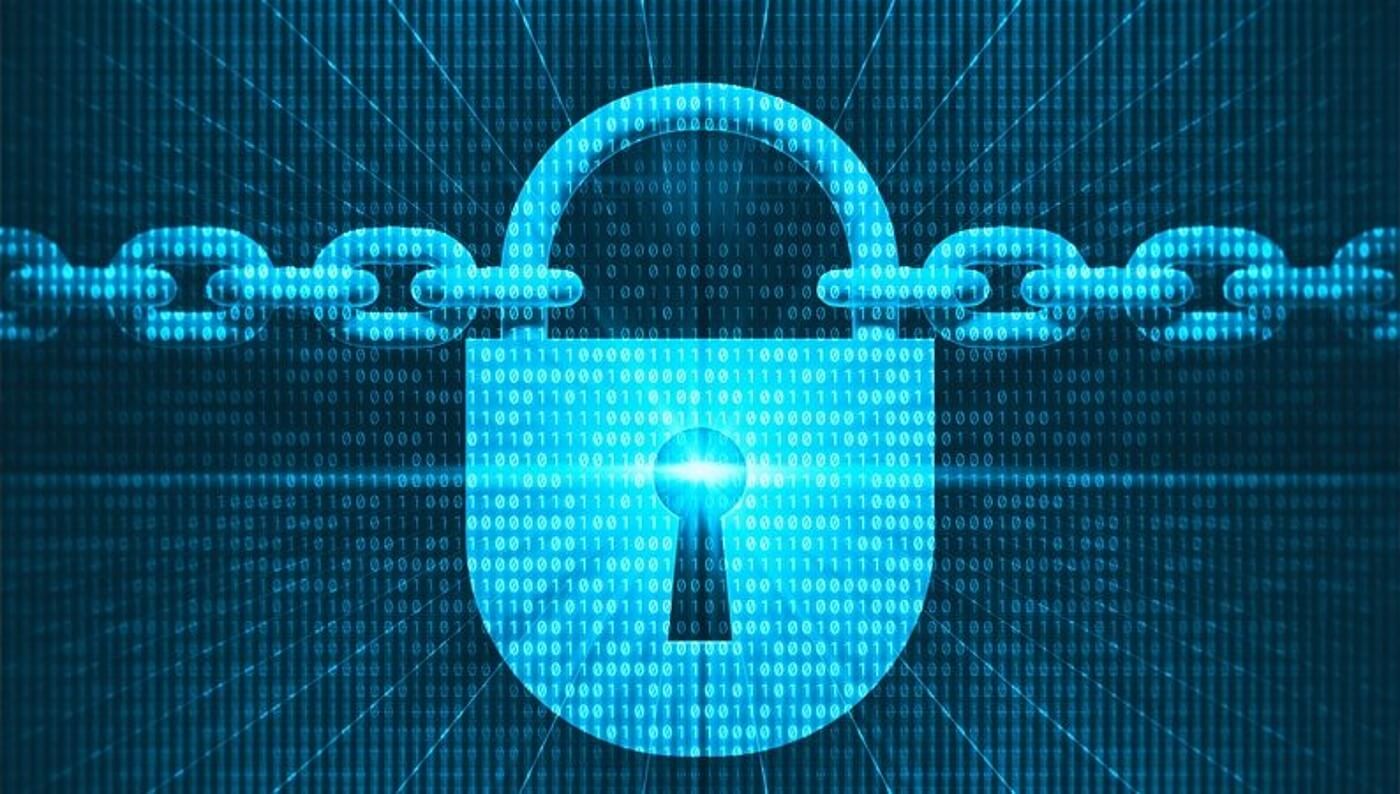
Will blockchain soon disrupt IP protection?
"Lawyer Monthly" spoke with Dr. Richard Brunner, Global Head of Legal of the Dennemeyer Group, about the challenges that blockchain technologies pose to patent offices, copyright protection organizations and collecting societies.
Lawyer Monthly: How do you currently see the global IP landscape evolving?
Dr. Richard Brunner: Technology and globalization are the key drivers for the creation and protection of intellectual property. The increasing speed of technology development and shortening innovation cycles, on the one hand, and a progressing territorial expansion of sales markets on the other hand, challenge the traditional mechanisms of protecting Intellectual Property amid intensified competition that comes along with this development. Seen in this light, it is not surprising that the number of registered patents, trademarks, and designs are still on the upswing; however, a territorially fragmented protection of IP rights is in contradiction to globalization and dearly bought, especially considering that effective legal enforcement of intellectual property rights is still not at the level it should be in many jurisdictions.
LM: Can you exemplify this?
RB: IP strategists usually look at the importance of an innovation for the company’s business, the market, and eventual other use cases, when making the decision if and where to apply for patents. IP protection comes at a cost that has to be measured in time, money, and the fact that one must disclose the invention even if the patent is not granted in the end. The grant procedure before the European Patent Office takes three to five years and requires validation in its 38 member states; for a more global coverage, PCT nationalizations and other national applications have to be considered. Obtaining and maintaining international patent protection is a costly venture, taking into account official fees alone. This contrasts the need for speed and cost efficiency in an environment of increasing competition. Consequently, companies have to find the optimal ratio between protected territory, speed, costs, risk of infringements, enforceability, and the importance of the IP right. Such evaluations should also look at alternative approaches to find the right balance.
LM: What is on the horizon in this regard?
RB: More and more often companies decide not to patent new technology, but seek to protect their know-how as trade secrets. Such protection is immediate and unlimited in time and space – at least, as long as sufficient measures are applied to keep one’s know-how confidential. However, securing know-how at all is even more important: innovators will increasingly become project workers who regularly move on to new projects and take their know-how with them. Technology, especially software, helps secure and manage know-how. Combined with artificial intelligence and analysis of big data, it can efficiently link, process and selectively share knowledge in order to support creation of new innovation. Other considerations involve the blockchain technology.

LM: Everybody is talking about blockchain, bitcoin & co. these days. Can you shortly explain for the non-tech lawyer what’s it all about?
RB: Blockchain is a decentralised peer to peer network of computers that validate and relay online transactions. A transaction is the transfer, and not only a copy, of a certain amount of units from A to B. Each transaction is validated by a defined minimum number of computers, called nodes, and stored in an identical and chronological order by all nodes of the network with multiple stored transactions building a block on the chain of computers. The interesting thing about blockchain is that it is public and private at the same time, transactions are time-stamped and information once stored cannot be manipulated or destroyed anymore. The systematic recording of transactions in a public ledger allows that anybody can lookup a specific transaction and check if it was executed. On the other hand, the transaction as such is encrypted and does not reveal who initiated the transaction. Only who is in possession of an individual private key has authority on certain units of accounts. These features make blockchain interesting for digital currencies, and bitcoin is the most prominent example. However, there are hundreds of blockchains, each having its proprietary digital coin.
LM: Which use cases seem relevant for the IP community?
RB: Blockchains are based on trustless consensus. They don’t require a middleman such as banks, notaries, copyright registries, or patent offices that centrally control assets, transactions, or record keeping. Therefore, they can be used to prove ownership and priority without trusting in institutions that set the terms on their own. Blockchains offer new means for registering digital works of art, like music files, images, texts, contracts, and software files. We can think of securing priority of inventions and logos, but also personal identity or property information can be registered in an immutable way. For example, a document like a patent specification can be registered on a blockchain to prove that the inventor was the first who came up with this idea. Interestingly, it is not necessary to disclose the invention at this point, as only an encrypted digital signature, called hash, is actually stored on the blockchain. More advanced blockchains, like Ethereum, even execute transactions only if defined criteria are met. Such coded terms and conditions are called “smart contracts”. Applications based on this technology can be used to create dependencies between the use of a musical work and the payment of a digital fee for example.
LM: What’s in it for lawyers?
RB: I understand my role as General Counsel of a global IP legal service provider to be a thought leader in our industry and anticipate developments in this space that may transform or even disrupt our business. Not only blockchains, but also artificial intelligence and big data create manifold challenges for lawyers. While blockchains may provide alternatives to registering patents or other IP assets, artificial intelligence will definitely replace many tasks lawyers are currently performing – if not to say to replace lawyers. I’m sure and certain that especially the combination of blockchain technology, artificial intelligence, and big data analysis will have a deep impact on the legal profession in the near future.
The article was first published in the July issue of Lawyer Monthly.
Do you want to learn more? Dr. Richard Bruner will hold a speech on „Blockchain and IP Management – Will Blockchain soon replace patent offices, copyright protection organizations and collecting societies?“ at "Blockchain Strategiedialog" on November 27 in Frankfurt, Germany.

A country and a supermarket continue their tussle over a trademark. Meanwhile, a study reveals the extent of academic patents in Europe and a publishing house tackles AI.



